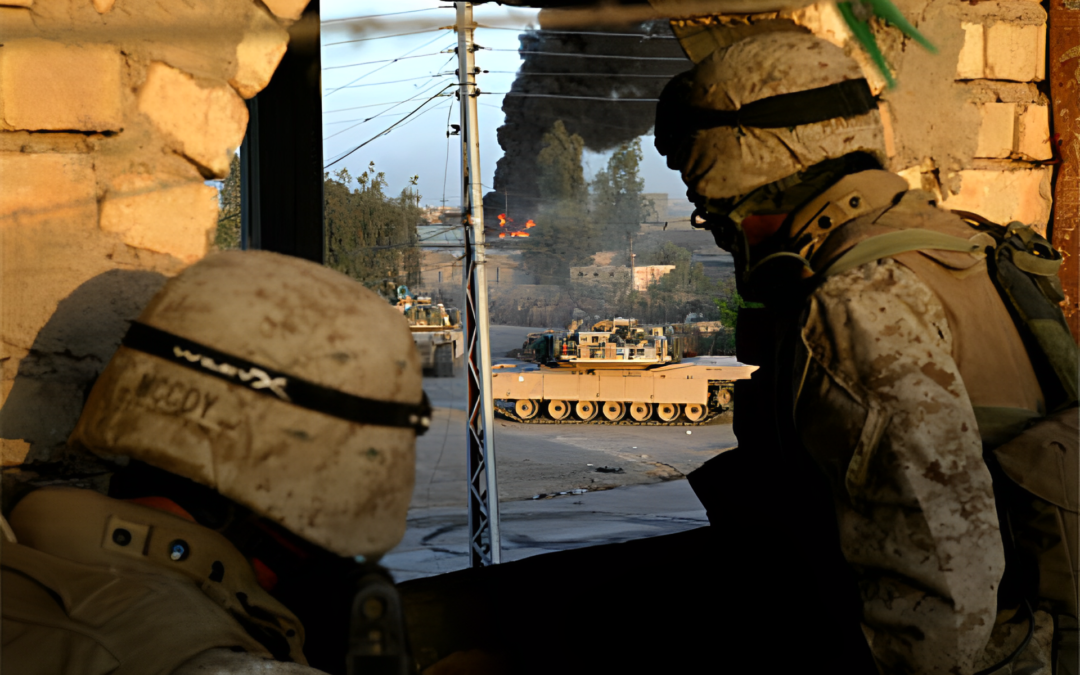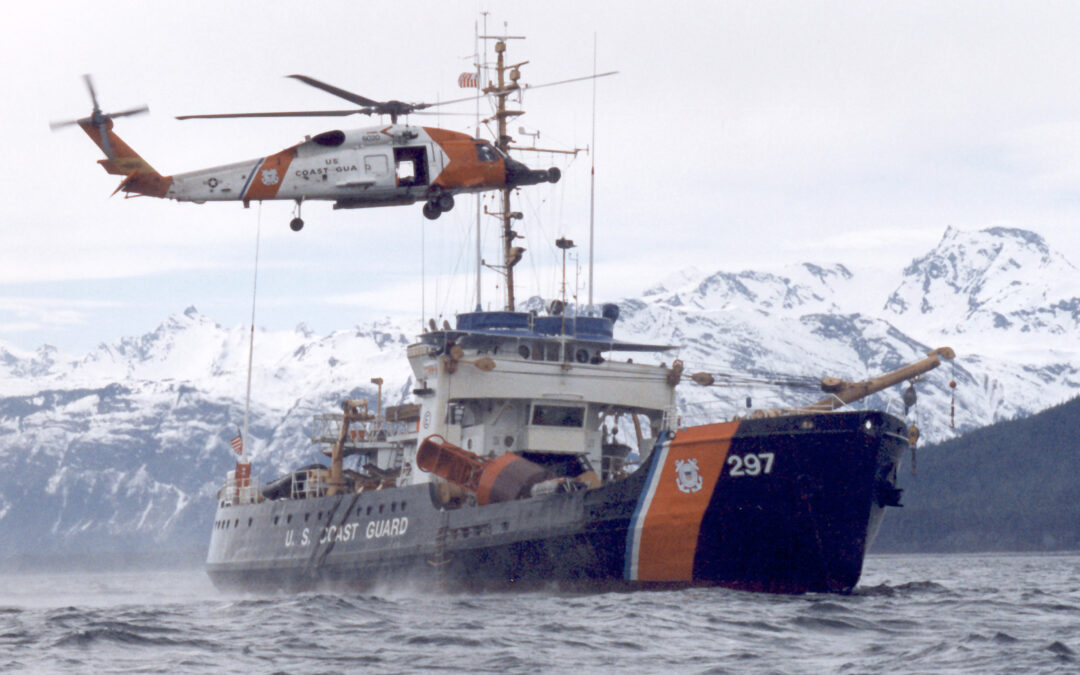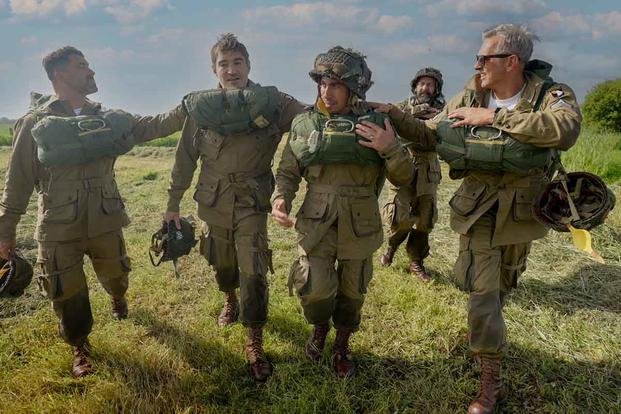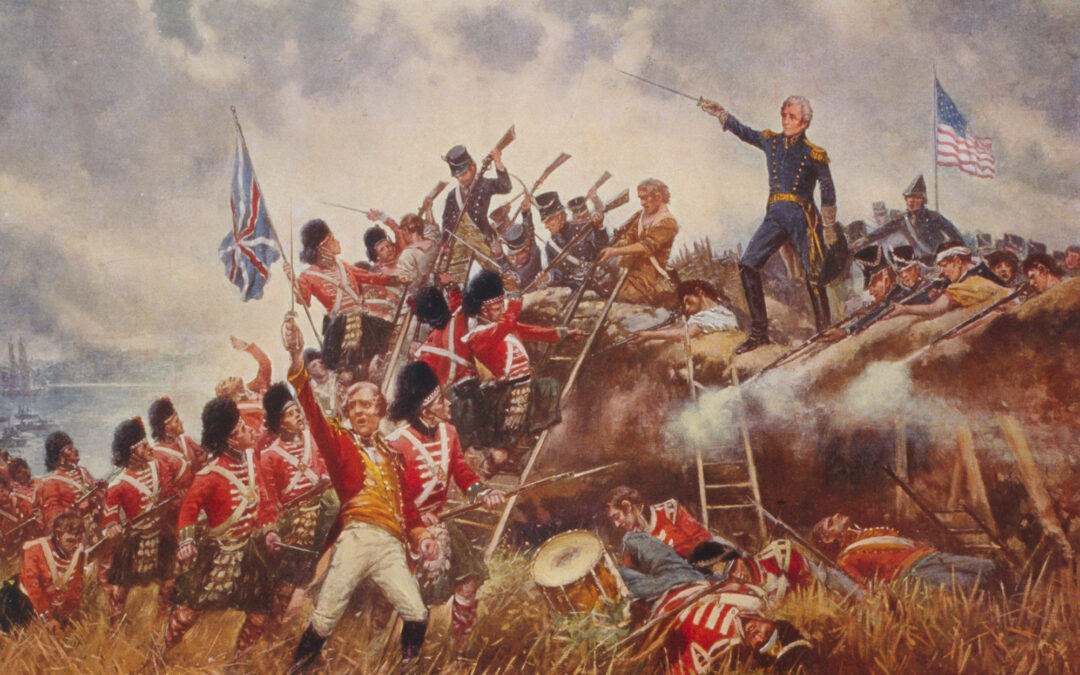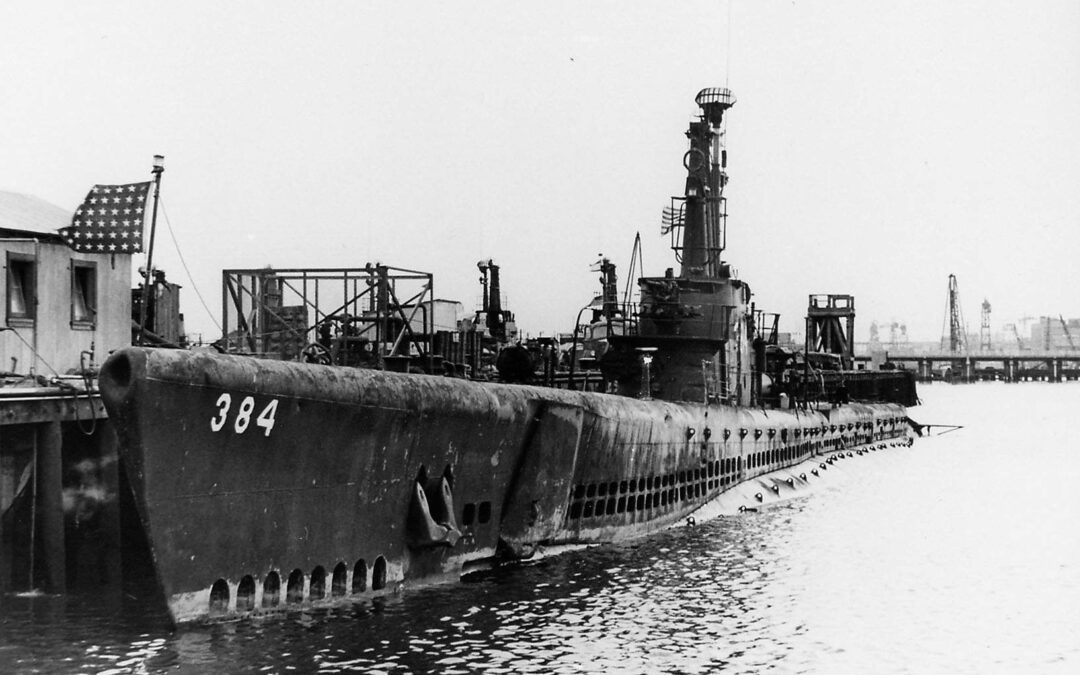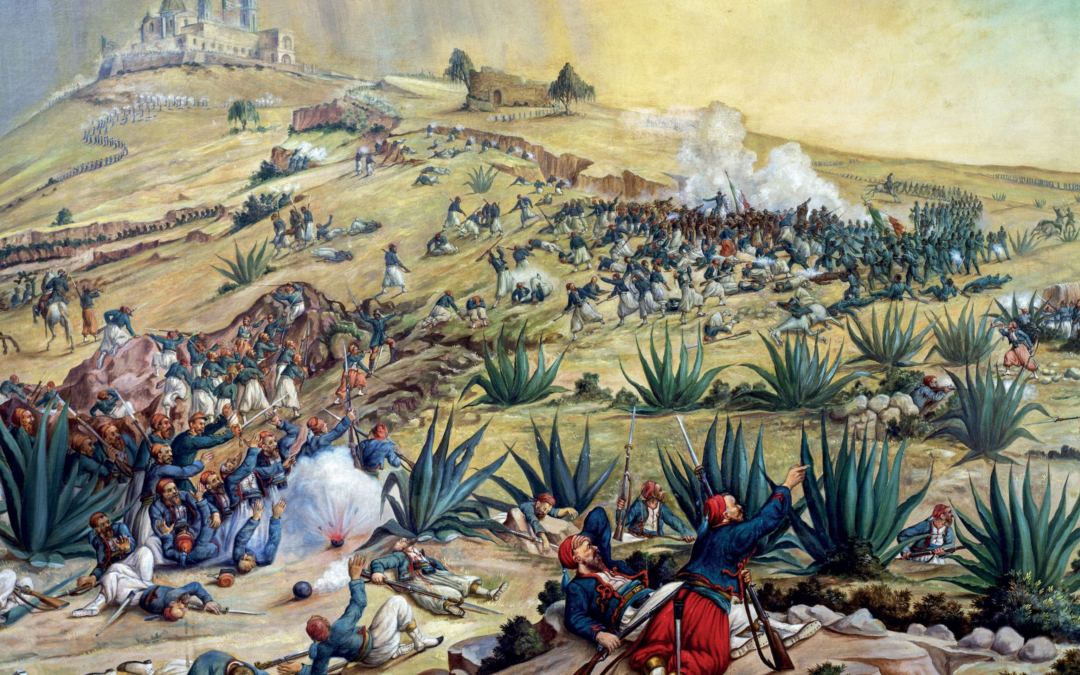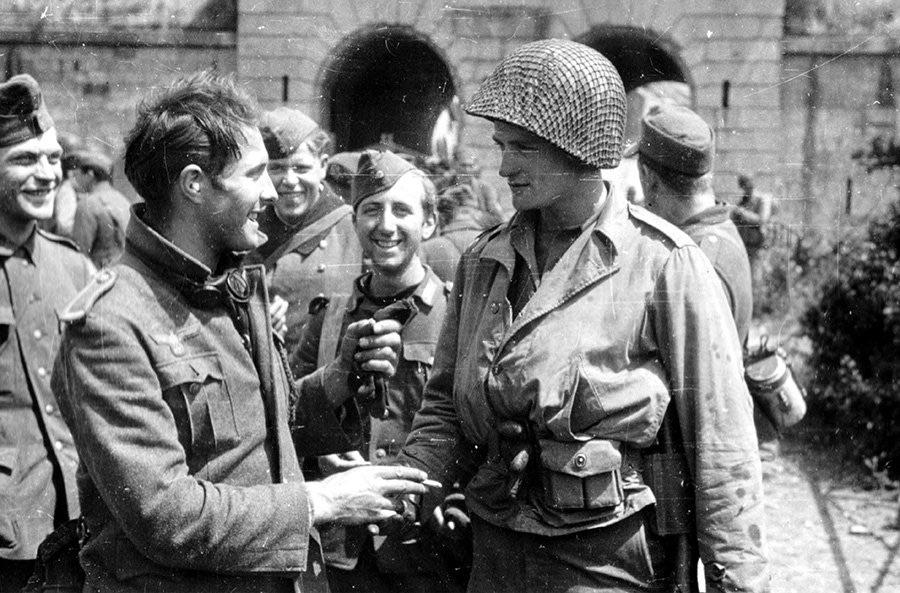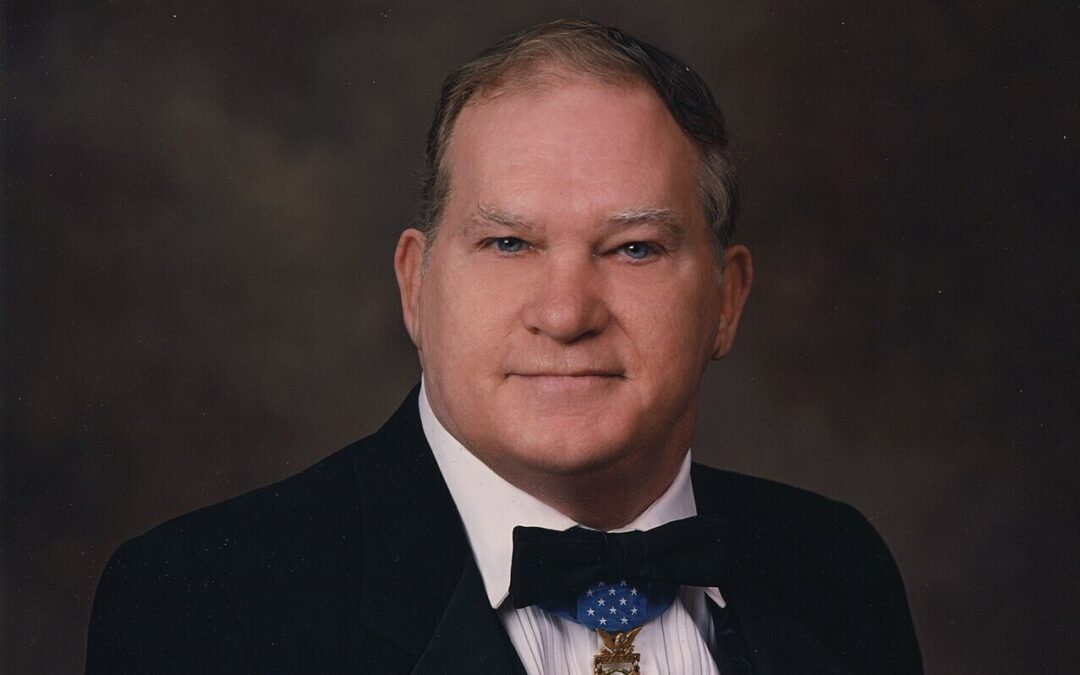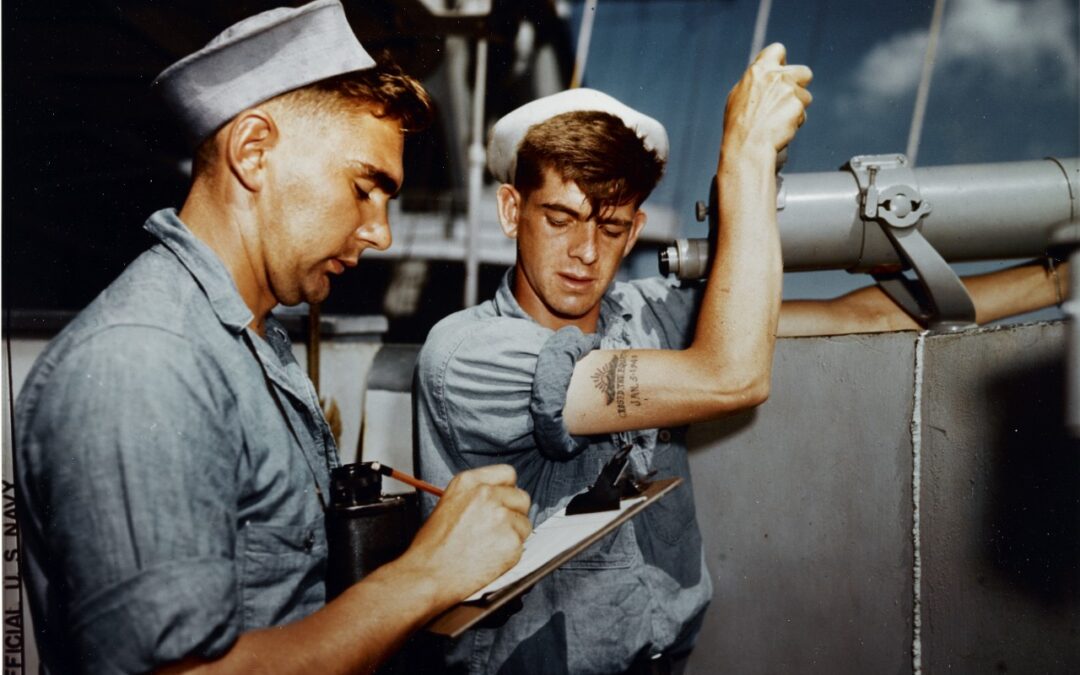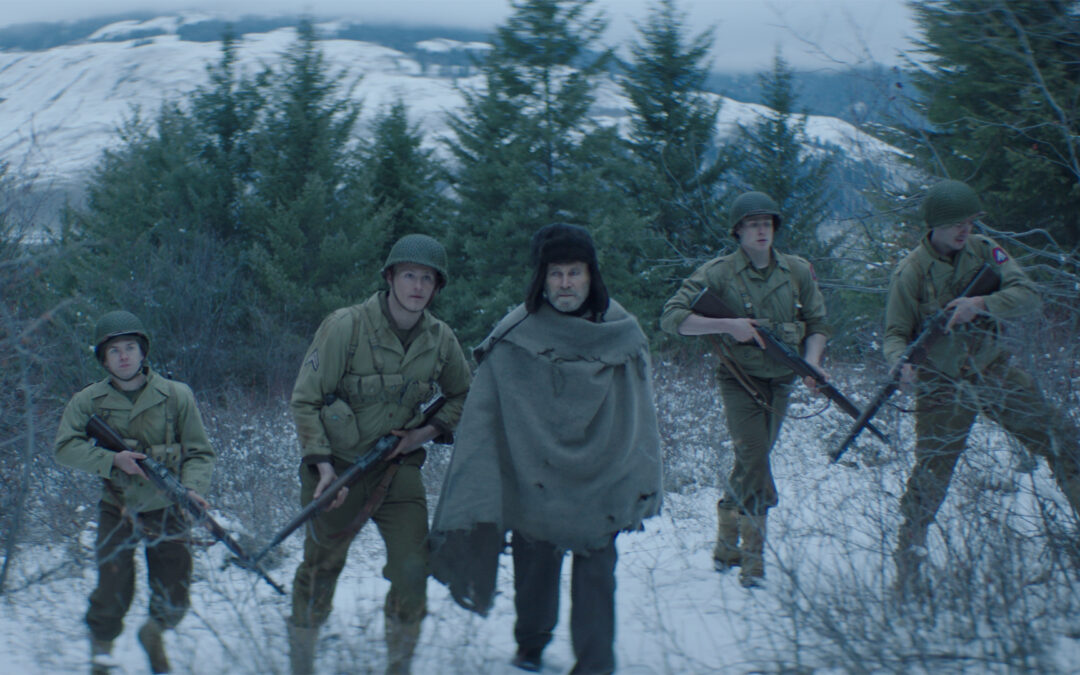In the earliest years of the Iraq War, the city of Fallujah was one of the most contested cities in the country, but it didn't start out that way. Local citizens had taken control of maintaining order in the city, but a series of misunderstandings between Coalition forces and local leaders soon led to violence and outrage. At the end of March 2004, four private military contractors were massacred and mutilated by insurgents there. The same day, five American soldiers were killed by a massive explosive device near Habbaniyah while en route to Fallujah. The U.S. military decided something needed to be done. The First Battle of Fallujah: The Surge Begins On April 4, 2004, the U.S. launched a massive operation to capture or kill those responsible for murdering Blackwater contractors and the five American troops while pacifying the city. An estimated 10,000 troops, including U.S. Army soldiers from the 101st Airborne, 82nd Airborne, 10th Mountain Division, 1st Infantry Division, 3rd...
